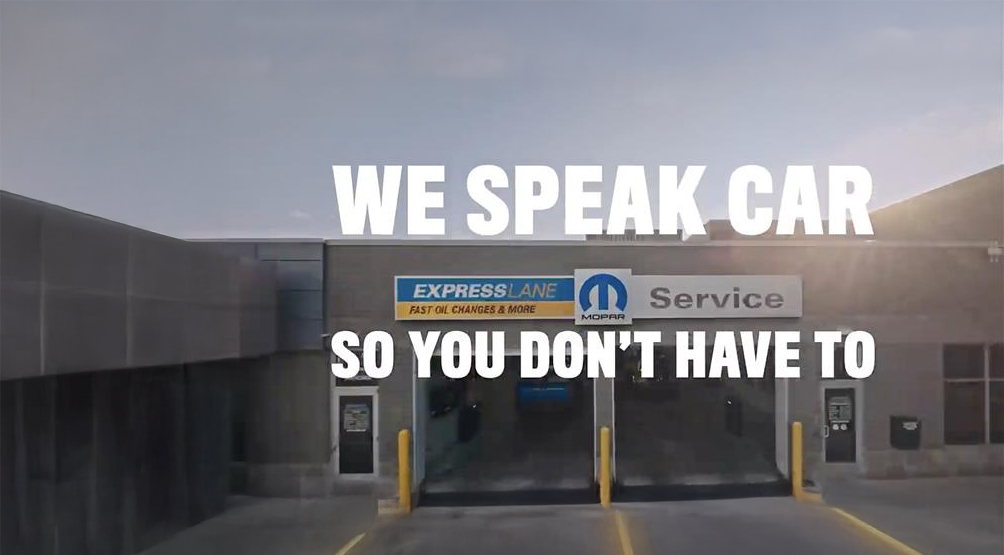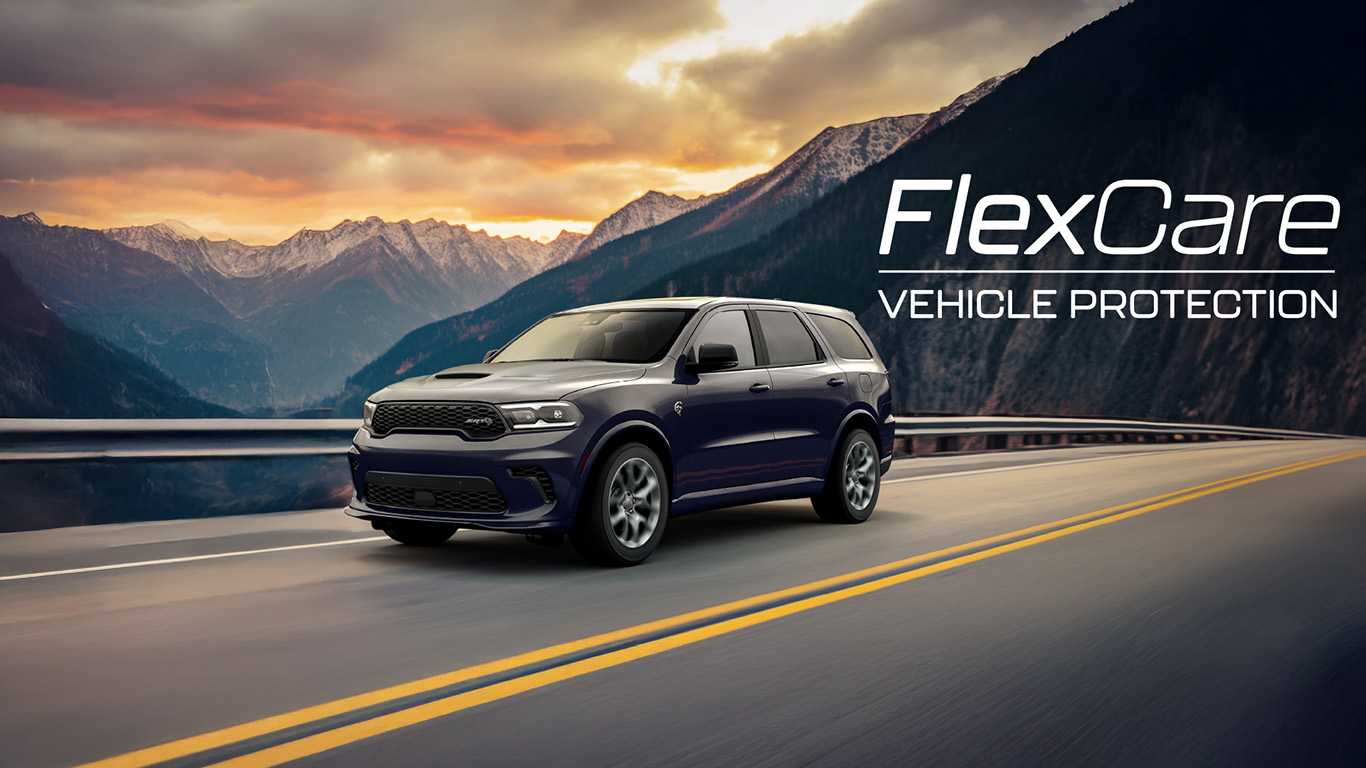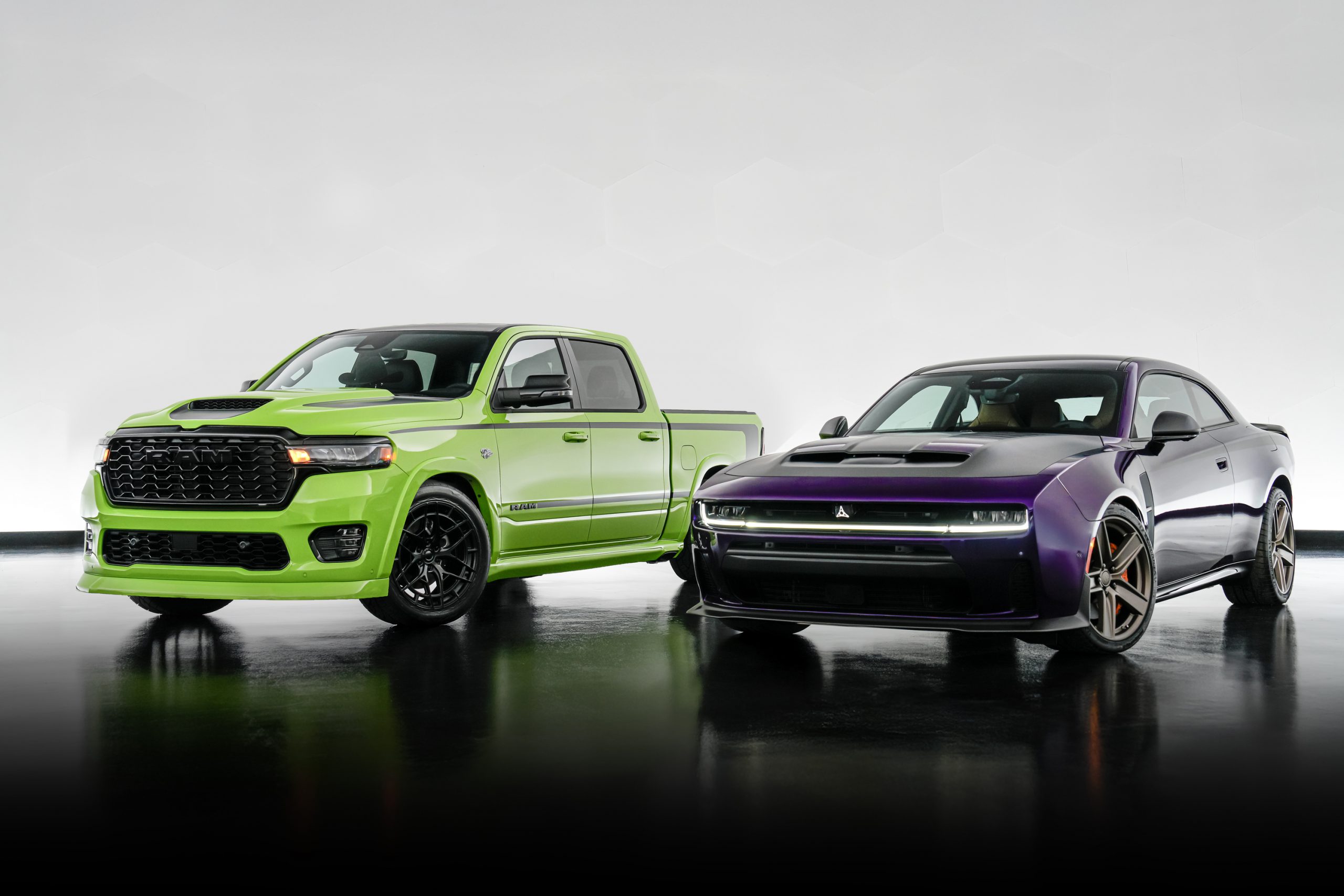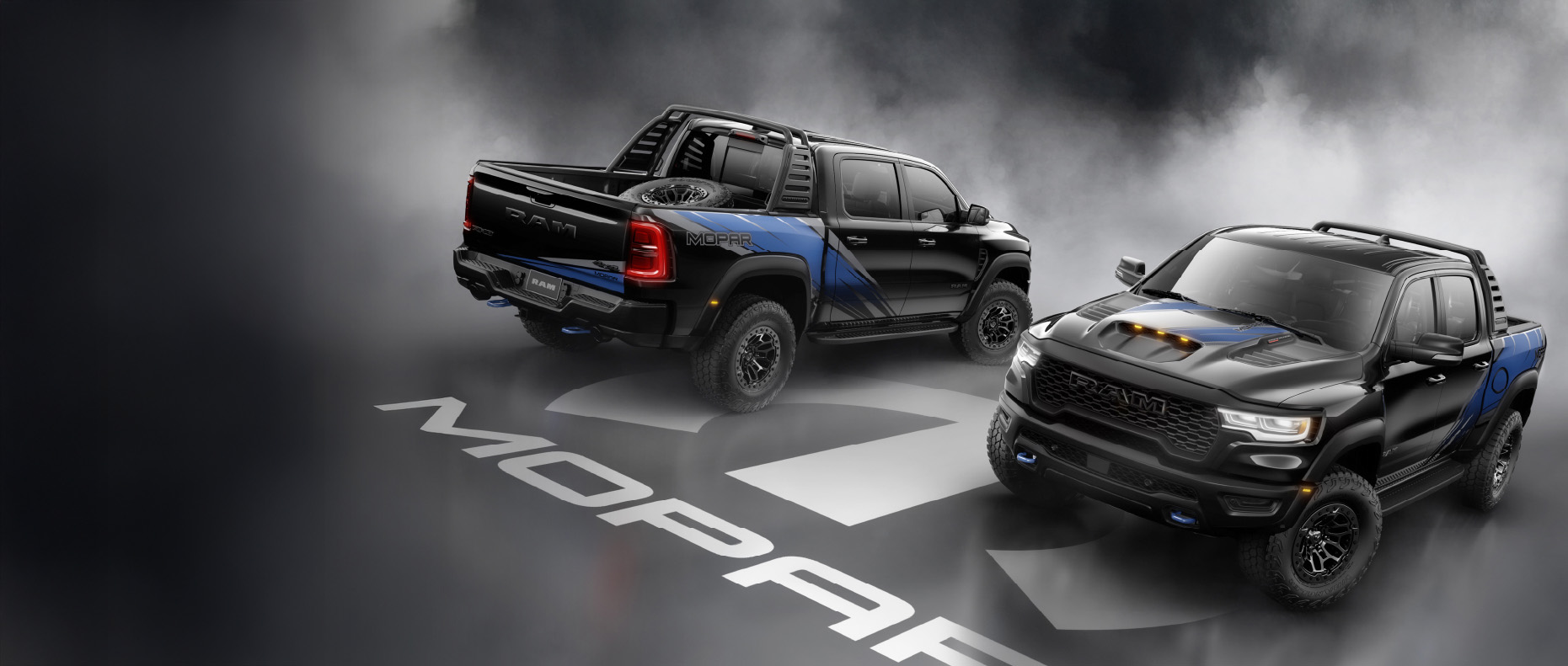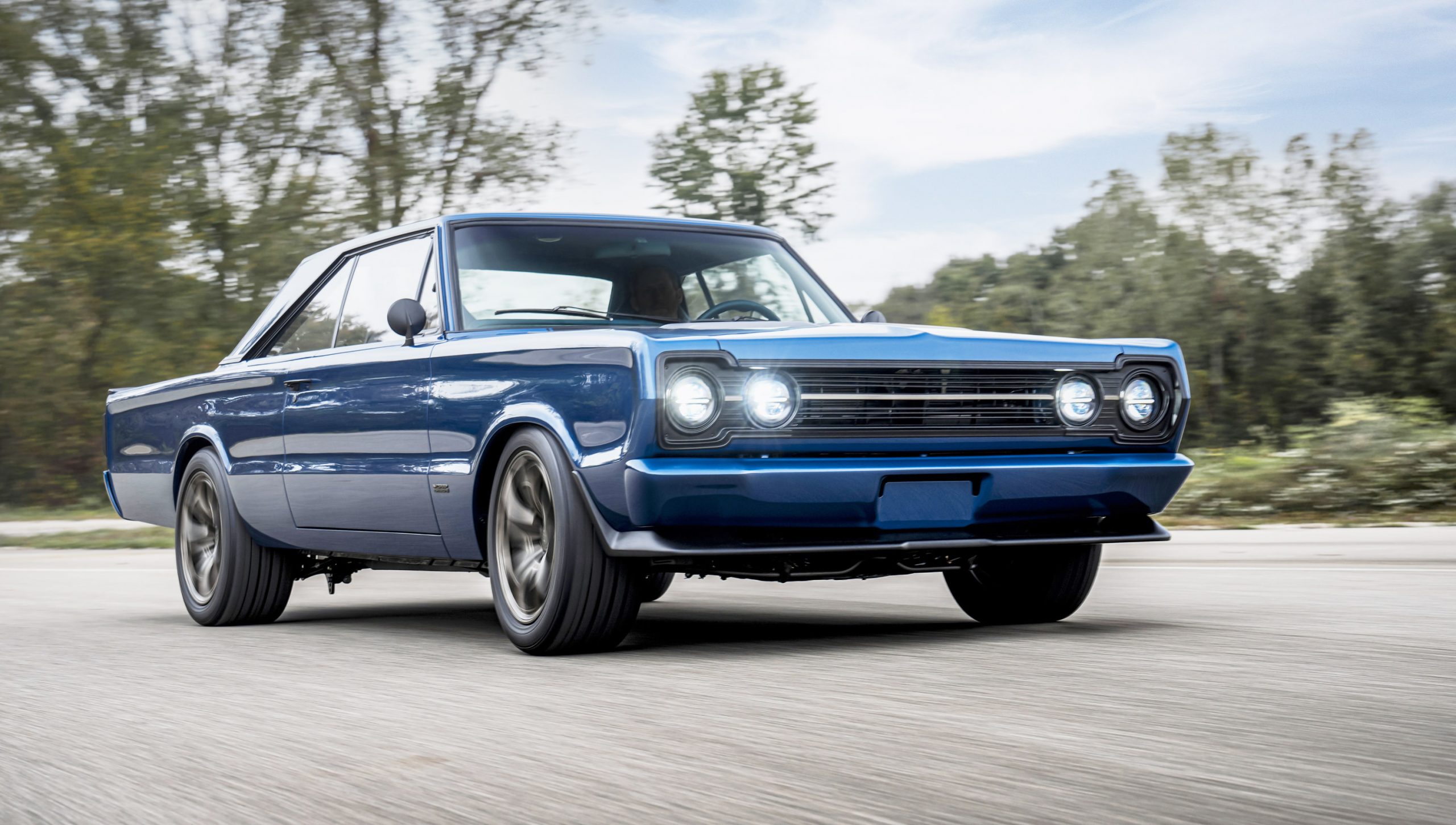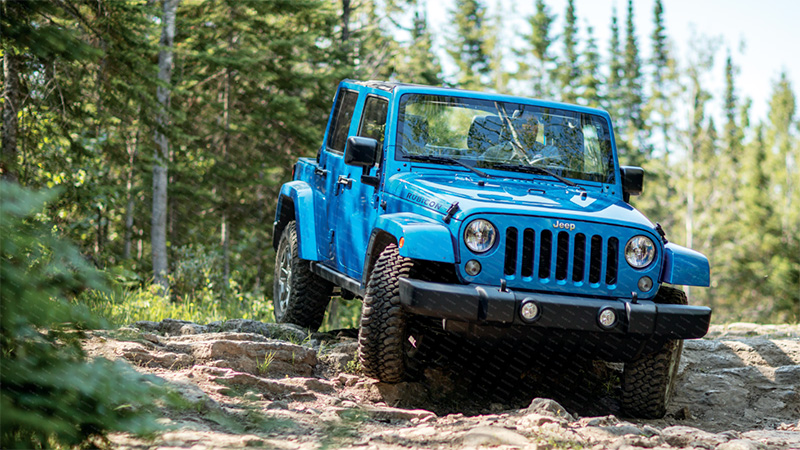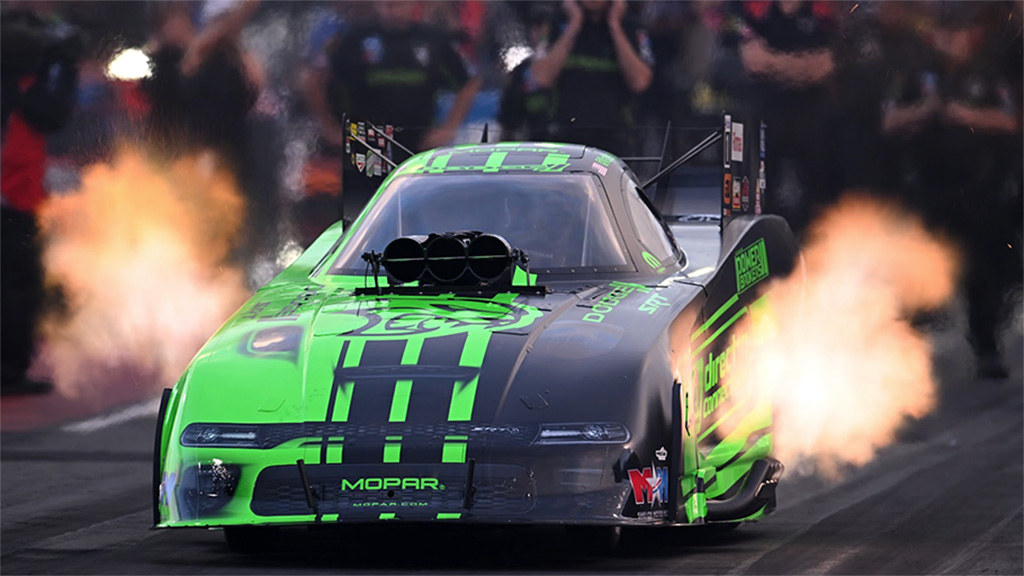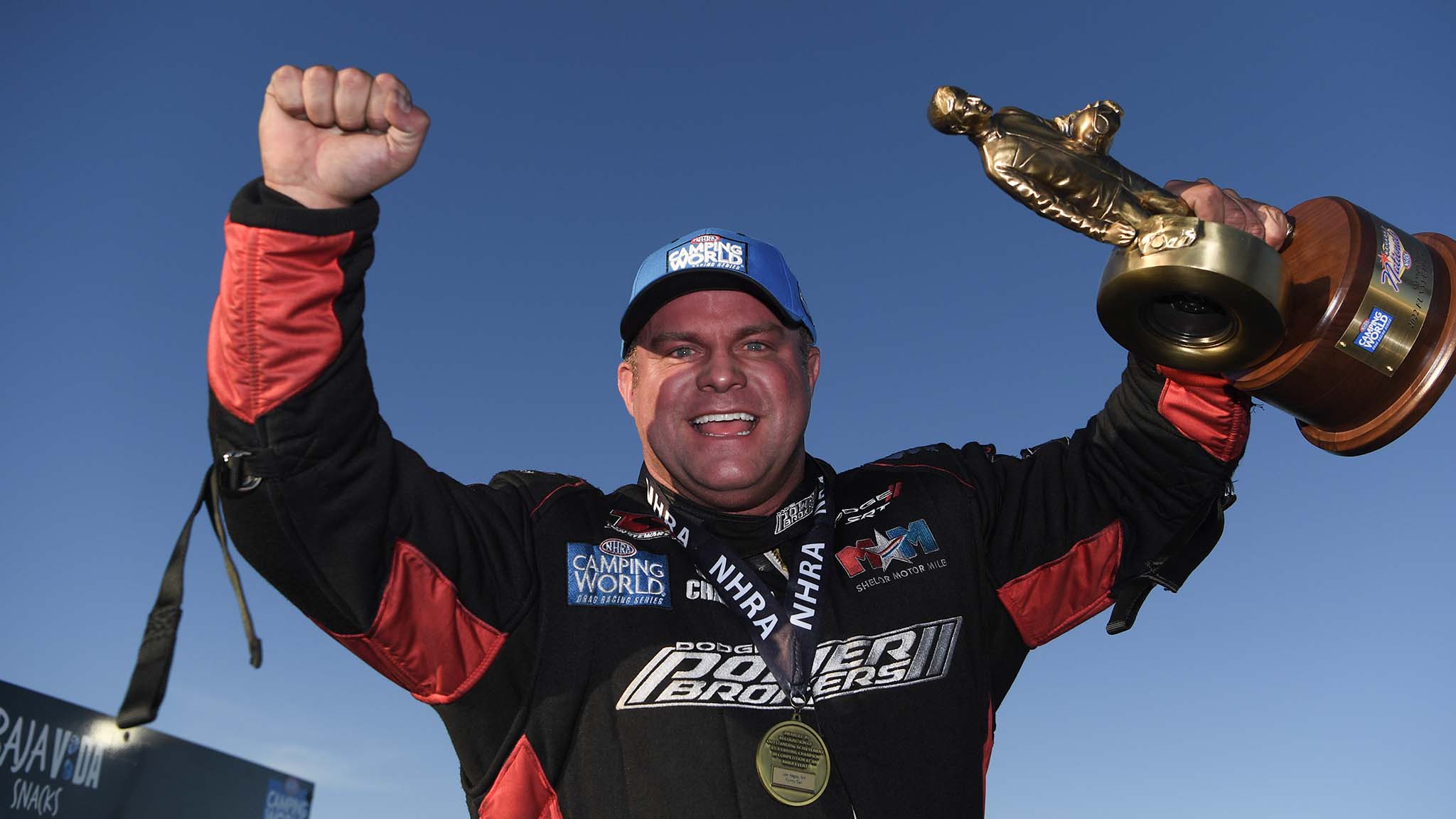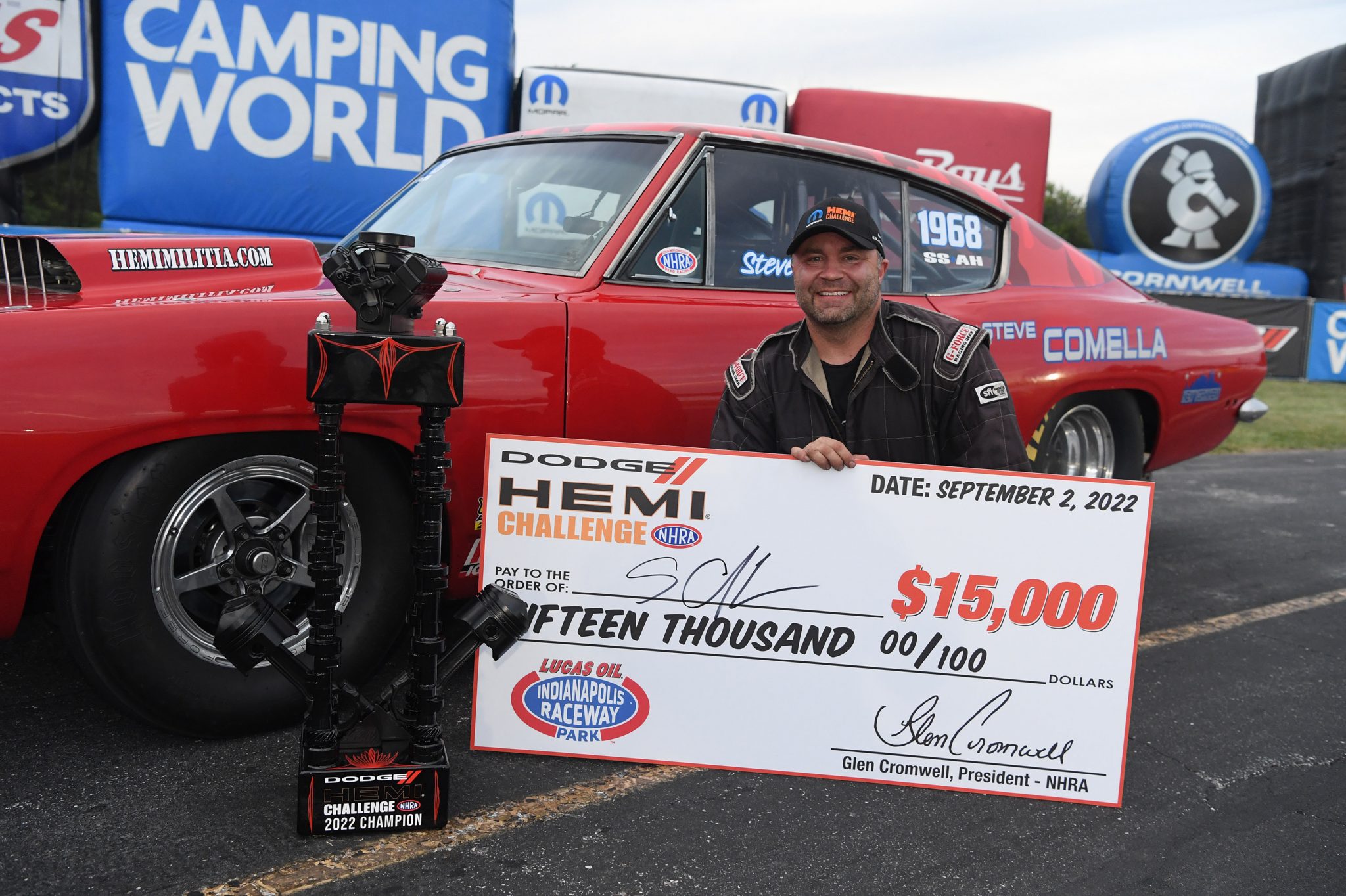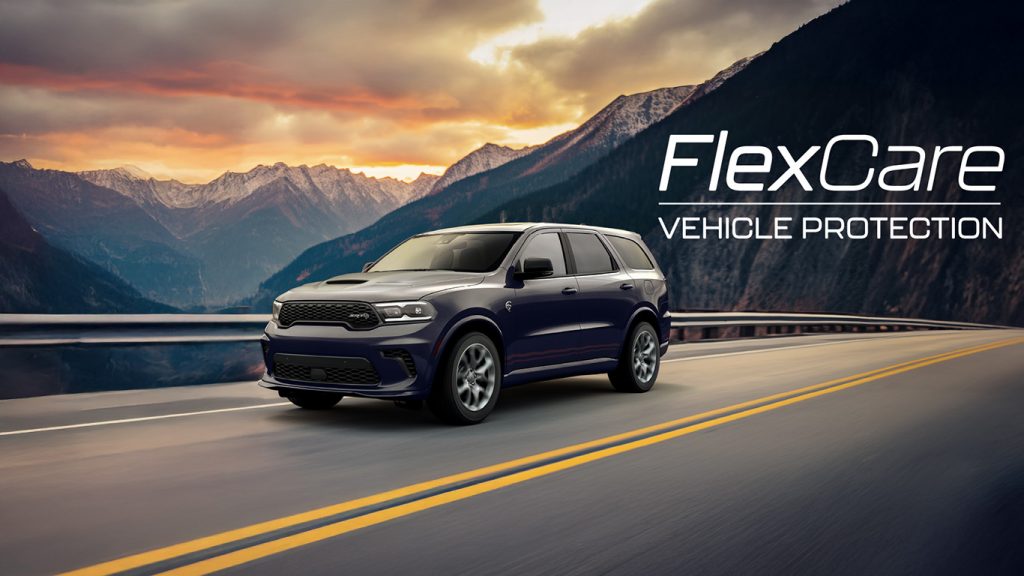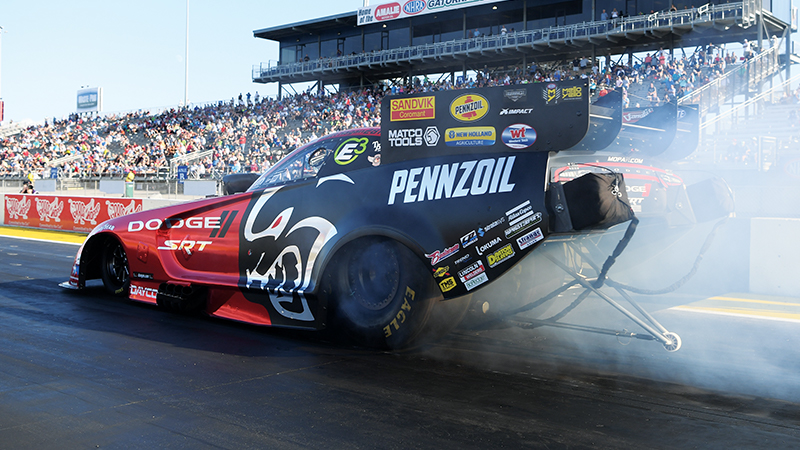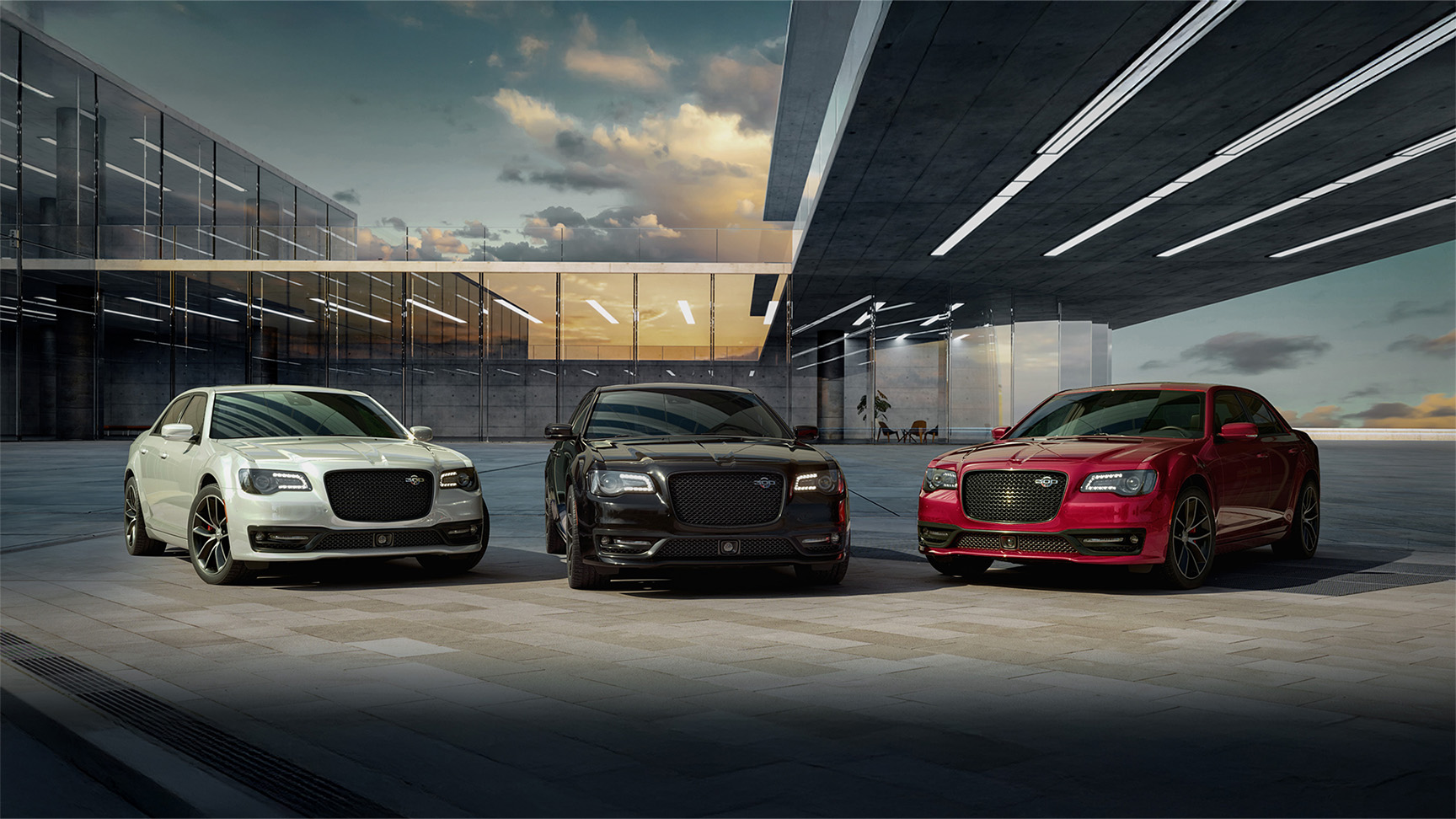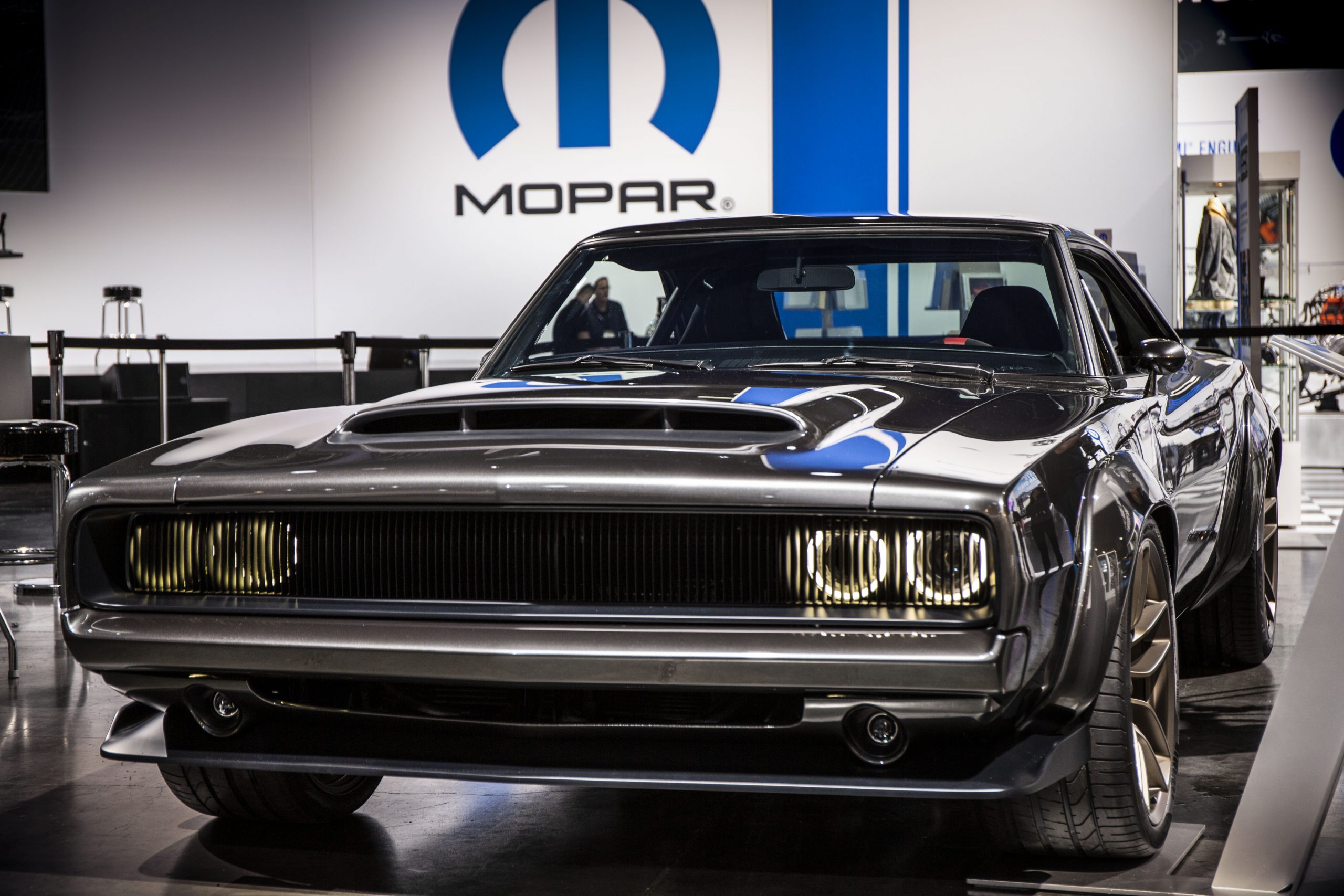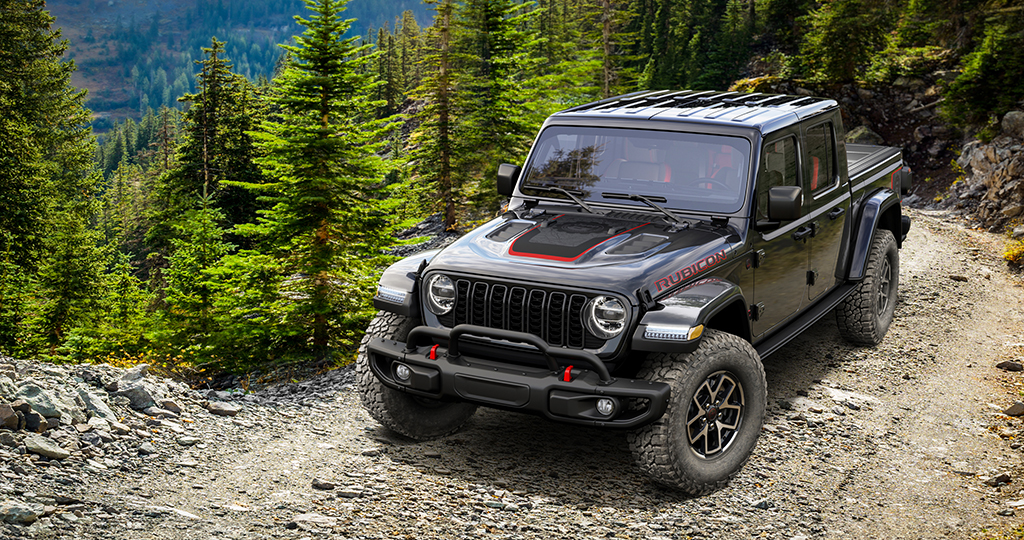Ever wonder what makes a funny car unique or why it’s “funny”? Alex Conway, Car Chief, Don Schumacher Racing brings us up to speed.

HISTORY — Funny cars came onto the racing scene in the mid-1960’s and got their name due to an announcer commenting on the car looking “funny” because of its altered wheelbase.
WRAP/GRAPHICS — Each driver/team has its own sponsors and advertisers, each with a particular piece of real estate on their funny car. The vinyl wrap is lighter in weight than paint and easier to repair.
WINDSHIELD — Just like a normal passenger car, the windshield allows the driver a forward view but also protects him or her from wind and debris. What’s different about a funny car windshield, however is that it is made of high-strength Plexiglass and is lighter in weight than glass.
TIRES — Huge tires in the back put the engine’s twisting force onto the road. The smooth surface of the tire allows for the maximum amount of road contact possible. Small tires up front are for steering. But since this is a straight line race, a funny car doesn’t need to steer much. Rear tires average 117 inches in diameter.
G FORCES — As you can imagine, accelerating that quickly means a lot of force applied to the driver. Typical runs exert a force of 6 G’s on the driver, more than what an astronaut would experience in a space shuttle takeoff. On the run shutdown, a driver experiences -5 G’s.
HISTORY — Funny cars came onto the racing scene in the mid-1960’s and got their name due to an announcer commenting on the car looking “funny” because of its altered wheelbase.
SPEED — The Mopar® funny car has reached a speed of 338 MPG in less than 3.79 seconds
PARACHUTES — Deployed by the driver at the end of a run, these on-board parachutes help slow a funny car down to a more manageable speed for the brakes. The chutes are made from Kevlar which keeps them from burning in case of a fire.




